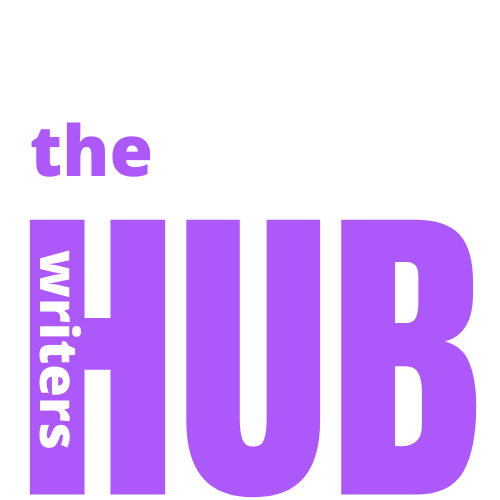
www.thewritersHUB.com's Logo
Hello and welcome, Writer. This is the third step to your novel, so far you should have all three forms of characters and a Three-Act Structure Outline for your storyline. Now, we will dive into setting.
The Setting of your novel is the place and time that it takes place in. What this is depends almost completely on genre. I will explain the common setting techniques for each genre.
A contemporary novel features a story that could happen in real life, meaning no mosnters or aliens, and is usually paired with romance. Choosing the setting for a novel of this sort is simply deciding whether or not you want your characters to live in the sun or snow. You can also weigh the advantages of your Protagonist living in a place such as Paris if you plan him to woe a love interest.
YA is usually a form of Contemporary, though all it means is that the Protagonist is a character gerneraly ranging in the age of thirteen to twenty-five. The setting for this matters more on what additional genres you incldude in to it.
The fun way to make it through history class, Historical Fiction novels are fictional recounts of events that took place in real life somewhere in the past. Obviously, the setting of these novels depends on which historical event you're covering.
I think one of the most important things to keep in mind when your writing a Historical Fiction novel is that ages back then were not the same as ages are now. For example, a teenager around in 1780 was expected to be married and raising a family, while teenagers in 2019 are praised for doing simple things like eating things other than processed foods. This is why timing matters as well as setting in your story.
Where you set your Mystery novel does not matter half as much as when you set it. I, for one, think it is an incrediblly useful technique to switch back and forth from the past where the crime took place to the present where your Protagonist is trying to solve it. This does not half to be done, of course, but it is something worth considering.
It is completely acceptable to shove your horror characters into any random setting that you want. This happens often in amature Horror novels.
But think of the greats. In Stephen King's It , Pennywise is connected to Derry. The town is just as much the Antagonist as the clown is. In Nightmare on Elm Street the setting is both in the phyisical world and the dream one. Coraline is the same deal, the house is betraying Coraline just as much as her 'other mother' is.
Horror is a very specail genre with an array of cool oppertunites for setting. Feel free to play around with it!
These genres are very important and a bit tricky as they all require a large amount of Worldbuilding. I could go on and on about that for days, but instead I think you should watch this video. It's a former live chat with a professional book editor and he's going to inform you on the subject of Worldbuilding so that you don't have to listen to me rant.
Click here for the Video TranscriptHopefully that helps you along in your setting journey. In Step Four I'll share some tips on how to stop planning and actually write

www.thewritersHUB.com's Logo